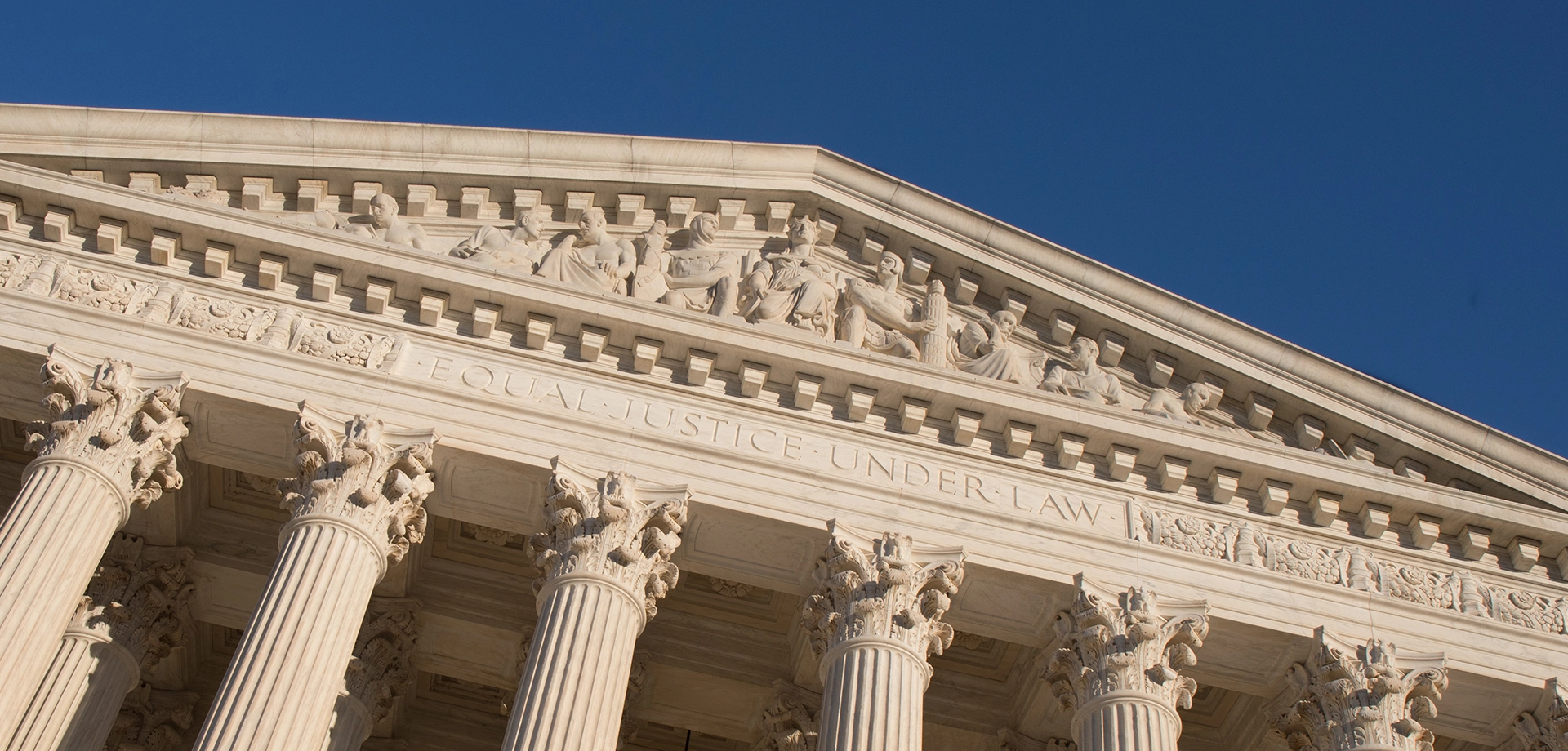The U.S. Supreme Court agreed last week to review the Second Circuit’s decision that Andy Warhol’s well-known “Prince Series” was not a “transformative” fair use of the copyrighted Lynn Goldsmith photograph that Warhol used as source material (see Bracewell’s earlier reporting here).
The Second Circuit’s decision conflicts with the Ninth Circuit, and is potentially at odds with the Supreme Court’s recent ruling in Google v. Oracle, which held that Google made “transformative” fair use of Oracle’s Java software language to build the Android smartphone platform. The Supreme Court upheld the Ninth Circuit’s ruling that the exact copying of computer code could be transformative if it “alter[ed] the copyrighted work ‘with new expression, meaning or message.’”1 Following Google, the Second Circuit issued a revised opinion in the Prince case that kept its original ruling and distinguished the Google decision as applicable to the “unusual context” of computer code.2 The high court is expected to settle the circuit split and provide much needed guidance on whether the Google ruling applies outside of the computer programming context.
The controversy arose when the Andy Warhol Foundation sued to fight allegations of copyright infringement from Goldsmith, a photographer who contended that she was not aware that Warhol had used her 1981 photograph of Prince until the music icon’s passing in 2016. A New York district judge ruled that Warhol’s series had transformed Goldsmith’s image from “a vulnerable human being” into an “iconic, larger-than-life figure.”3 Therefore, Warhol’s use of Goldsmith’s photo did not constitute copyright infringement.
The Second Circuit rejected the district judge’s consideration of the intent and meaning behind the work, and found that the Prince Series was not a “transformative” fair use of the copyrighted photograph because it retained the “essential elements” of the Goldsmith photograph without “significantly adding to or altering” those elements.4

5
In the petition for writ of certiorari, the Andy Warhol Foundation responded by citing the Ninth Circuit, which has held that even where a new work “makes few physical changes to the original,” it can be transformative if “new expressive content or [a new] message is apparent.”6 The petition urges the court to apply previous transformative fair use decisions to artistic speech7 and decide the circuit split in favor of the Ninth Circuit in order to avoid “serious harm on artistic expression.”
This case has been followed closely by copyright holders and legal practitioners alike, and a number of amicus briefs have been filed urging the Supreme Court to clarify the exact “transformative” fair use protections afforded to artists under the Copyright Act. As artistic expression continues to change and evolve—from traditional mediums to the emerging technologies such as NFTs—questions surrounding the scope of copyright protection abound and are increasing questions of significant monetary value.
Please contact your Bracewell lawyer if you are in need of any assistance with copyright licensing or determining whether you have the rights to use a particular work of art.
_______________________________________________________
1. Google LLC v. Oracle Am., Inc., 141 S. Ct. 1183, 1202-04 (2021). Read the decision here.
2. Andy Warhol Found. for Visual Arts, Inc. v. Goldsmith, 11 F.4th 26, 51-52 (2d Cir. 2021). Read the decision here.
3. Andy Warhol Found. for the Visual Arts, Inc. v. Goldsmith, 382 F. Supp. 3d 312, 316, 326 (S.D.N.Y. 2019).
4. Andy Warhol Found. for the Visual Arts, Inc. v. Goldsmith, 992 F.3d 99 at 114-115 (2d Cir. 2021).
5. Id. at 107.
6. Seltzer v. Green Day, Inc., 725 F.3d 1170, 1177 (9th Cir. 2013).
7. See Campbell v. Acuff-Rose Music, Inc., 510 U.S. 569 (1994) and Google LLC v. Oracle Am., Inc., 141 S. Ct. 1183 (2021).

